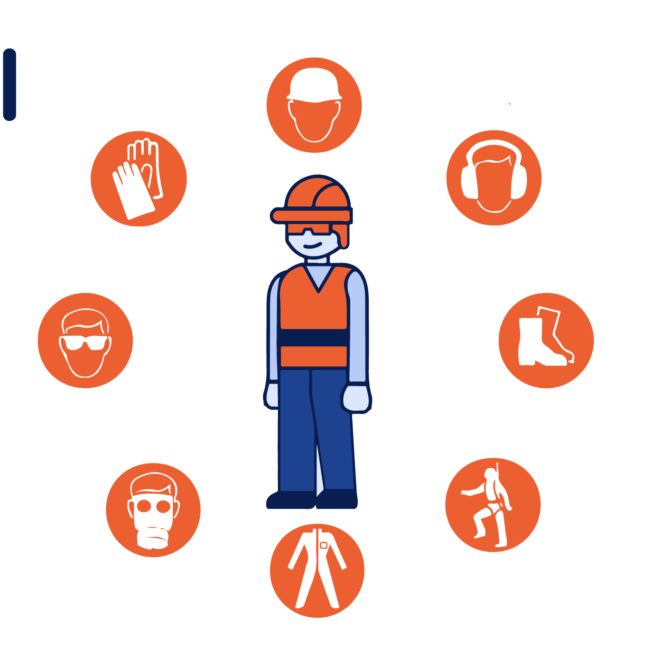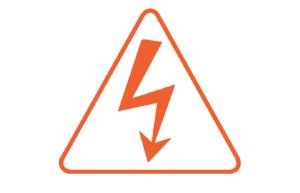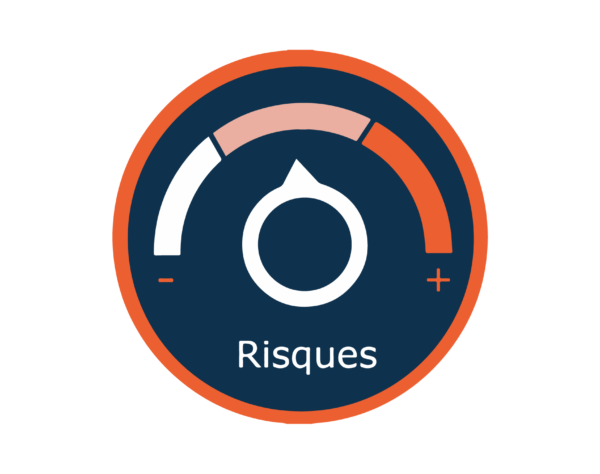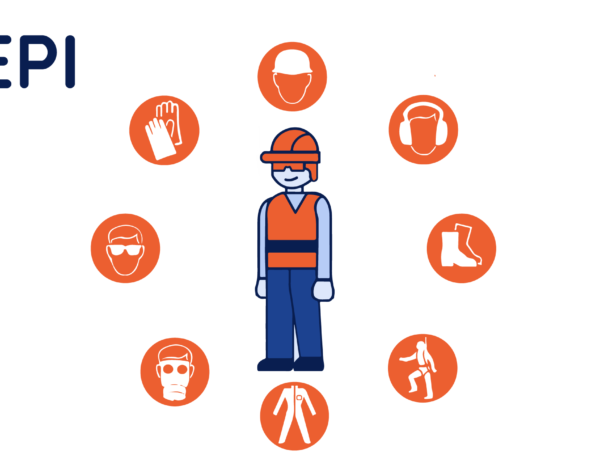Comment éviter les accidents dans les espaces confinés
Comment éviter les accidents dans les espaces confinés
Un espace confiné est un endroit trop étroit qui peuvent se trouver dans les bâtiments industriel, les lieux de travail, les écoles et les bâtiments publics. Les espaces confinés présentent des dangers tels que la qualité de l’air et le risque d’incendie. Des blessures peuvent également survenir lorsque les travailleurs ne savent pas comment éviter les accidents dans les espaces confinés.
Cet article fournit des conseils de sécurité pour éviter les accidents dans les espaces confinés. Vous y trouverez des informations sur les risques liés aux accidents en espace confiné et sur la manière de prévenir ces blessures. Vous apprendrez également ce que vous devez faire si un accident se produit et les premiers secours à apporter.
Les bonnes pratiques pour la gestion de l’espace de travail en espace confiné
L’espace de travail confiné peut également créer des problèmes liés à la santé et au bien-être du personnel. Pour faire face aux problèmes qui se produisent avec le temps, il est important d’apporter des contrôles et des mesures pour garantir une bonne gestion du lieu de travail. Les bonnes pratiques de gestion de l’espace de travail en espace confiné comprennent les suivantes :
Un plan d’action permet d’identifier les objectifs et les moyens pour atteindre les objectifs. Il contribue à mettre en place une vision claire sur la façon dont l’organisation va déployer son énergie à travers diverses mesures tout en maintenant un niveau raisonnable de qualité et efficacité. Un plan étape par étape est souvent nécessaire pour mettre en œuvre un déroulement cohérent dans l’espace de travail restreint et confiné, et il est important que le personnel soit aussi impliqué que possible dans cette gestion.
Pourquoi ces espaces sont-ils dangereux ?
Un espace confiné est une zone fermée qui n’a pas été conçue ou prévue pour que des personnes y pénètrent, et les opérations qui s’y déroulent sont qualifiées d »exceptionnelles, que ce soit lors de la fabrication de ces espaces, de leur nettoyage (notamment), ou lors de leurs vérifications périodiques. Les risques sont nombreux lorsqu’on pénètre dans un de ces espaces, il faut donc les contrôler. Par exemple : les puits, les trous d’homme, les grandes canalisations, les égouts – tous types d’endroits – peuvent aussi être qualifiés d’espaces confinés !
Comprendre les risques d’accidents dans les espaces confinés
Les espaces confinés présentent des dangers tels que la qualité de l’air et le risque d’incendie, mais des blessures peuvent également survenir. Lorsque les travailleurs ne savent pas comment éviter les accidents dans les espaces confinés, ils peuvent être victimes de divers dangers.
De nombreuses personnes ignorent que les accidents en espace confiné comportent des risques pour la santé. Ces risques comprennent :
Les incendies : Les incendies ont le potentiel de se propager rapidement dans un espace confiné car les niveaux d’oxygène sont réduits. Si un incendie se produit, il peut être difficile pour les personnes à l’intérieur de l’espace de s’échapper.
Exposition à des matières dangereuses : Les gaz dangereux peuvent s’accumuler dans un espace confiné, entraînant une exposition et une maladie ultérieure. Cela est plus probable si la ventilation est insuffisante ou si la qualité de l’air dans la cabine est mauvaise.
Atmosphères dangereuses : Les espaces confinés peuvent ne pas contenir suffisamment d’oxygène ou d’autres gaz nécessaires à la vie. Par conséquent, cela peut entraîner la suffocation et la mort en quelques minutes.
Conseils de prévention
Une façon d’éviter les accidents dans les espaces confinés est de respecter les mesures de sécurité. Veillez à utiliser les équipements de sécurité appropriés lorsque vous travaillez dans un espace confiné. Cela inclut le bon type de vêtements de protection, des masques et de bons systèmes de ventilation. Vous devez également vous assurer qu’il n’y a pas de dangers cachés. Avant d’entrer dans l’espace, vérifiez qu’il n’y a pas de risques tels que du verre brisé, des fils électriques endommagés, des clous détachés ou exposés et d’autres objets tranchants.
Vous devez également vous assurer que des sorties sont disponibles ou qu’il y a suffisamment d’espace pour que vous puissiez vous échapper si le travail devient dangereux. Le fait d’avoir une sortie prévue à l’avance peut également contribuer à limiter les blessures.
N’oubliez pas votre condition physique lorsque vous travaillez dans un espace confiné. Si vous ne vous sentez pas bien, n’entrez pas dans l’espace confiné avant de vous sentir mieux. Il est préférable de ne pas travailler dans un espace confiné si vous êtes enceinte, si vous souffrez d’une maladie cardiaque ou si votre tension artérielle fluctue, ou encore si vous souffrez d’asthme ou d’allergies qui pourraient s’aggraver en cas d’exposition aux substances présentes dans l’espace, comme la poussière et les émanations de produits chimiques inconnus. Trouvez plutôt quelqu’un qui peut vous remplacer et faire ce qui doit être fait à l’extérieur de l’espace confiné au lieu de risquer votre santé en y entrant vous-même lorsque vous êtes malade.
Premiers secours en cas de blessures dans un espace confiné
Si une blessure survient dans un espace confiné, la personne blessée doit être évacuée immédiatement et recevoir les premiers soins, si nécessaire. De nombreuses blessures survenant dans des espaces confinés sont dues à un manque d’oxygène, c’est pourquoi il est important de sortir la personne blessée de la zone dès que possible. Les premiers soins pour les blessures dans un espace confiné peuvent inclure le traitement des plaies, des brûlures et des abrasions et d’autres blessures graves. Vous devez prévenir le plus rapidement les secours.
Conclusion
Un espace confiné est une zone dont les ouvertures sont limitées et où il existe un risque de piégeage ou de manque d’oxygène. Aussi dangereux qu’ils puissent paraître, les espaces confinés sont nécessaires pour de nombreuses industries, comme l’exploitation minière et la construction.
Les accidents dans les espaces confinés peuvent se produire lorsque les mesures de sécurité ne sont pas respecté, il est donc important de connaître les risques et les conseils de prévention pour rester en sécurité.
Les premiers soins pour les blessures dans un espace confiné comprennent :
>>Retirer toute corde ou tout fil de la personne blessée.
>>Stabiliser la tête et le cou
>>Vérifier la respiration, puis vérifier le pouls carotidien.
>>S’il n’y a pas de respiration ou de pouls, prévenez immédiatement les secours et effectuez un massage cardiaque.





